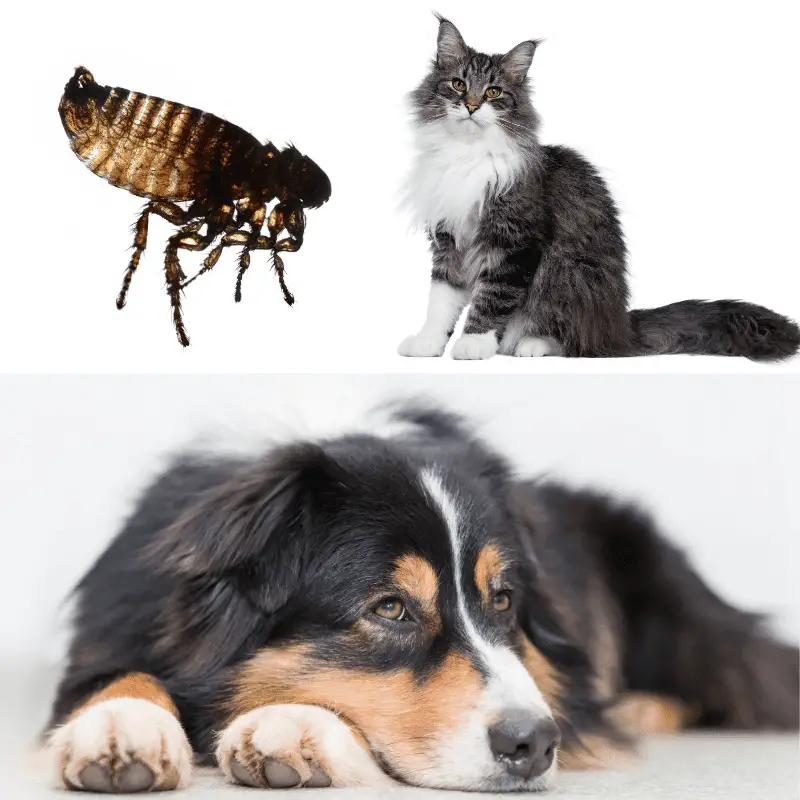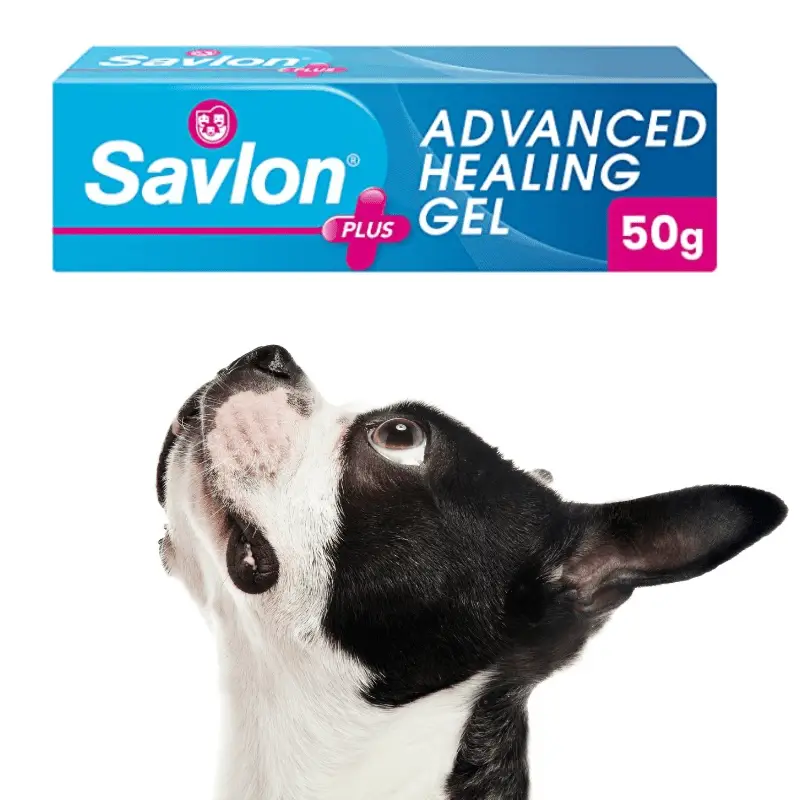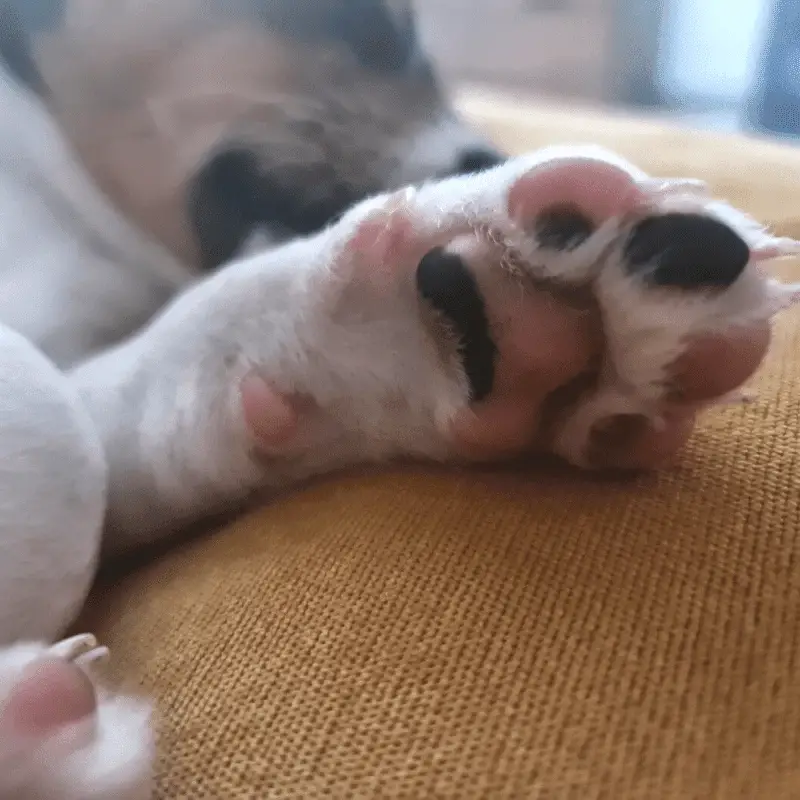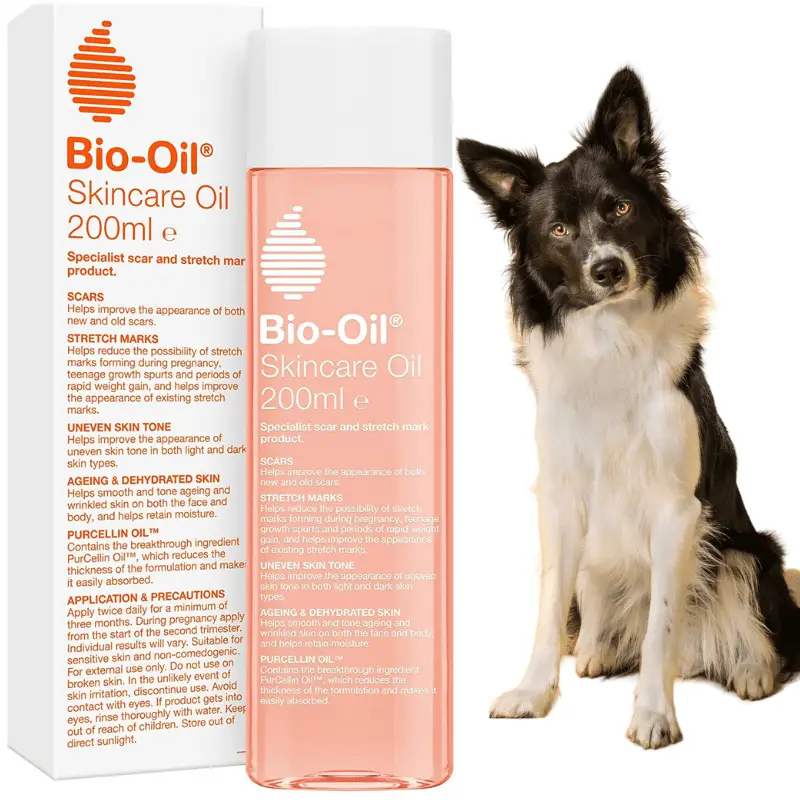Fleas are a problem for dog parents. They live on your dog and inside the house – it is hard to get rid of them once they have settled on your dog and started laying eggs. You can try to keep fleas away by regularly using a flea treatment program. Flea treatments will help you eliminate the fleas already on your dog and prevent new ones from coming back. You might wonder if you can use cat flea treatment for dogs. Let’s find out if you can!
It’s not worth using cat flea treatment on dogs because cats are smaller than most dogs. The treatment will not work as well due to its lack of strength. It would be better to use dog flea treatment to match your dog’s size. If unsure of type or size, speak to your vet for a more tailored approach.
How do flea treatments work?
Flea treatments work in two ways. If your dog has fleas already, the treatment will kill them. Secondly, the treatment will work as prevention. By administering, a tablet, spray, shampoo or spot-on, this chemical substance will be deposited into the sebaceous gland, which then passes through onto your dog’s skin and coat.
It will prevent fleas from taking host on your dog and kill the fleas if they have already settled.
Sebaceous Gland
This gland is located in several areas on a dog, such as the paws, back of a dog’s neck, rump, chin and tail. The sebaceous glands have the vital task of keeping the skin soft, moist and pliable. It’s even more critical, especially when distributing the flea treatment.
The glands secrete lubricating oily matter into the hair follicles to lubricate the skin and your dog’s coat, stopping the fleas in their tracks from hosting on your dog or killing them if already hosted on your dog.
Main Different Sectiticdes Ingredients In Cat and Dog Flea Treatments
- Cats – Pyrethrin
- Dogs – Permethrin
Pyrethrin: is found in cat flea treatments which is very weak for a dog. Cats weigh a lot less than dogs.
Permethrin: is found in dog flea treatment which is extremely strong for cats and can be fatal to their sensitive metabolism.
How long does flea treatment take to kill the fleas?
Depending on the brand of treatment you have used, it can take anywhere from 30 minutes to 24 hours.
What’s the best way to get rid of fleas on my dog?
The best way to get rid of fleas on your dog is to administer quarterly treatments. A veterinarian can suggest more frequently depending on how many other pets you have in the household. However, sticking with a constant routine is the best way to eliminate and keep fleas at bay.
Other Things You Can Do to Keep Fleas At Bay
- Using a flea replicant shampoo
- Hoovering more frequently
- Spraying your home with flea replicant
- Bathing your dog often
- Using a Flea catcher
- Combing your dog with a fine-tooth flea comb
- Changing and washing bedding and cushions often
- Removing carpets and replacing them with hard flooring
Also, Make sure you use the correct flea treatment for dogs, not cats and accurate for their size/weight. This way, you have the best chance of keeping fleas away.
Flea Help Tools
These products will help you in your fight against flea infestations and keep them at bay!
3 Quick Killing Flea Brands
1. Bob Martin
Dog flea treatments range from Amazon
2. Johnsons
Dog flea treatment range from Johnsons found on Amazon
3. Frontline
See the flea treatment range from Frontline
Flea replicant shampoos

Flea catcher

Will fleas go away on their own?
Fleas can only die if there are no hosts to get blood from. This includes humans and other pets, not just dogs. Fleas will lay eggs that can stay dormant for up to nine months.
Are cat fleas the same as dog fleas?
There are differences; however you can’t spot them with the naked eye, you will need to use a microscope. Both cat and dog fleas can take host both cats and dogs.
Flea Species
Cat Fleas: Ctenocephalides felis
Dog Fleas: Ctenocephalides canis
What is the scientific name for fleas?
The scientific name for fleas is Siphonaptera, which is from Greek words. Siphon, which means a pipe, and Aptera, means wingless and sucking mouths.
Can fleas live in human hair?
Fleas can live in human hair if no other hosts are available, such as dogs or other animals. Humans will be next on their list, although they dont stay long since we shower or bath more regularly than other animals such as dogs or cats.
Does seeing one flea mean there are more?
A single flea means that there are usually more. You just haven’t seen the other fleas yet. Also, each flea can lay lots of eggs and hatch within weeks. So if you find a single flea on your dog, you must start treating it as soon as possible.
How many eggs can one flea lay?
A single flea can lay around 50 eggs a day on your dog; in one flea’s lifetime, it could be as many as 1000 eggs.
How long does a flea live?
A flea lives once it hatches between 18 to 21 days. The life cycle stages before becoming a flea can be up to 9 months. A flea will remain dormant and wait for the ideal temperature to hatch.
How long does a flea take to hatch?
Depending on the environment, a flea can hatch in one to ten days. They hatch first as larvae, and this stage lasts from four days to eighteen days. After this time, they become fleas and last between 18 to 21 days.
What makes fleas hatch quicker?
Fleas will hatch quicker when the humidity is high and when the temperature is at the ideal level of between 70 (21 Celsius) Fahrenheit and 95 Fahrenheit (35 Celsius). Hatching at this perfect temperature gives them the best chance of survival, including ongoing reproduction.
Can you see flea larvae?
Flea Larvae are like a tiny worm or a grain of rice, and the colour is off-white, much like a creamy colour. Flea larvae are hard to spot since they are only 2 to 5 millimetres long. However, if you look very closely, you will see them.
Remember
Having an excellent flea treatment routine is a critical key, along with other things you can do to help avoid an infestation of fleas. Remember, dont use cat flea treatments on dogs as it’s a waste of time since treatments work best when given the correct doses to their size.













